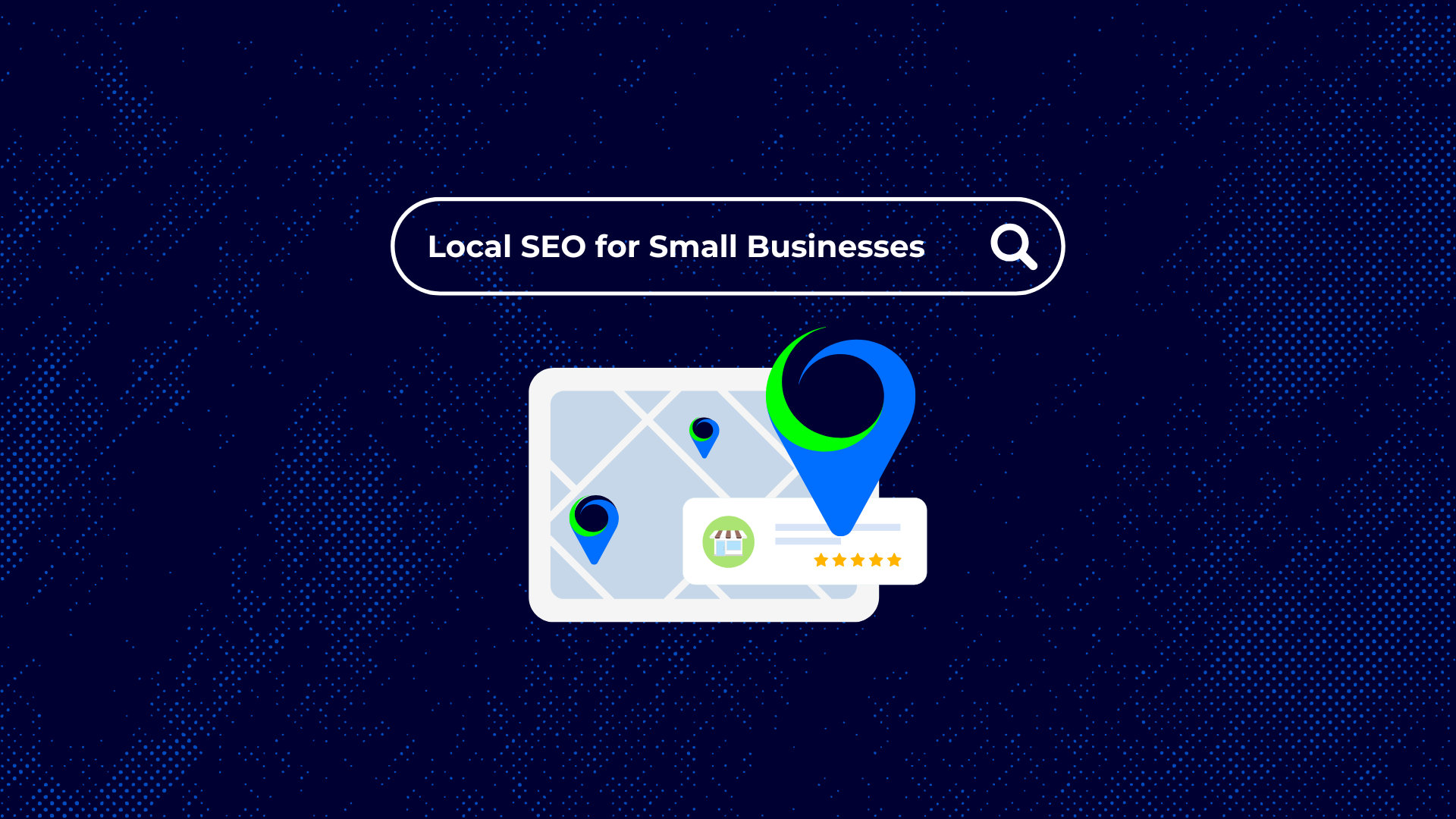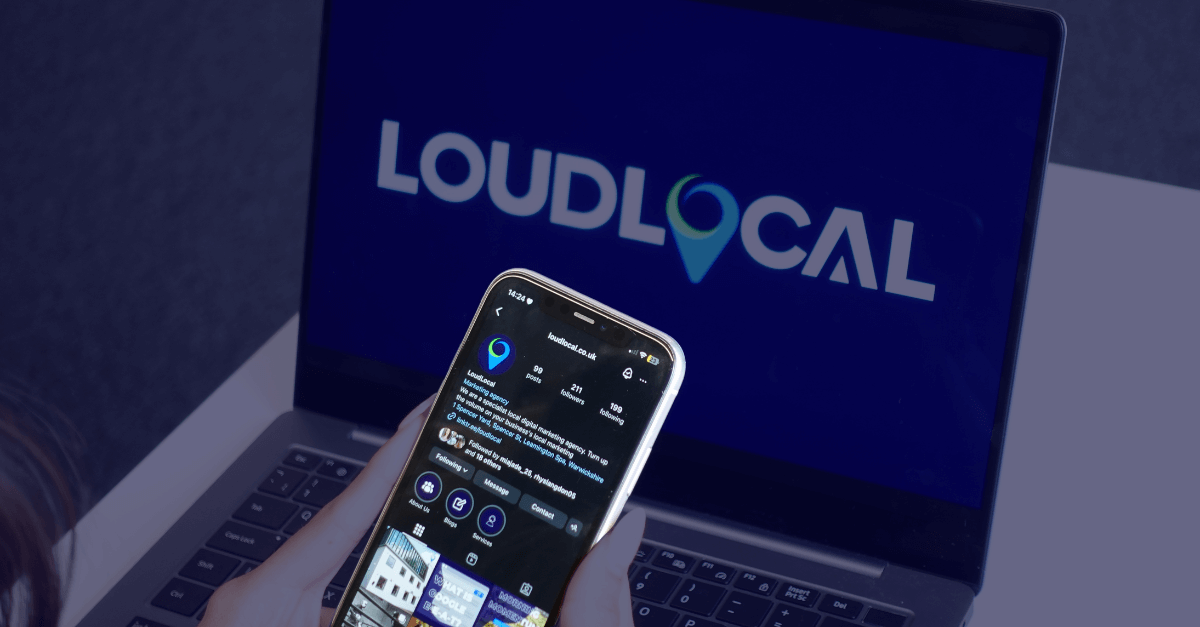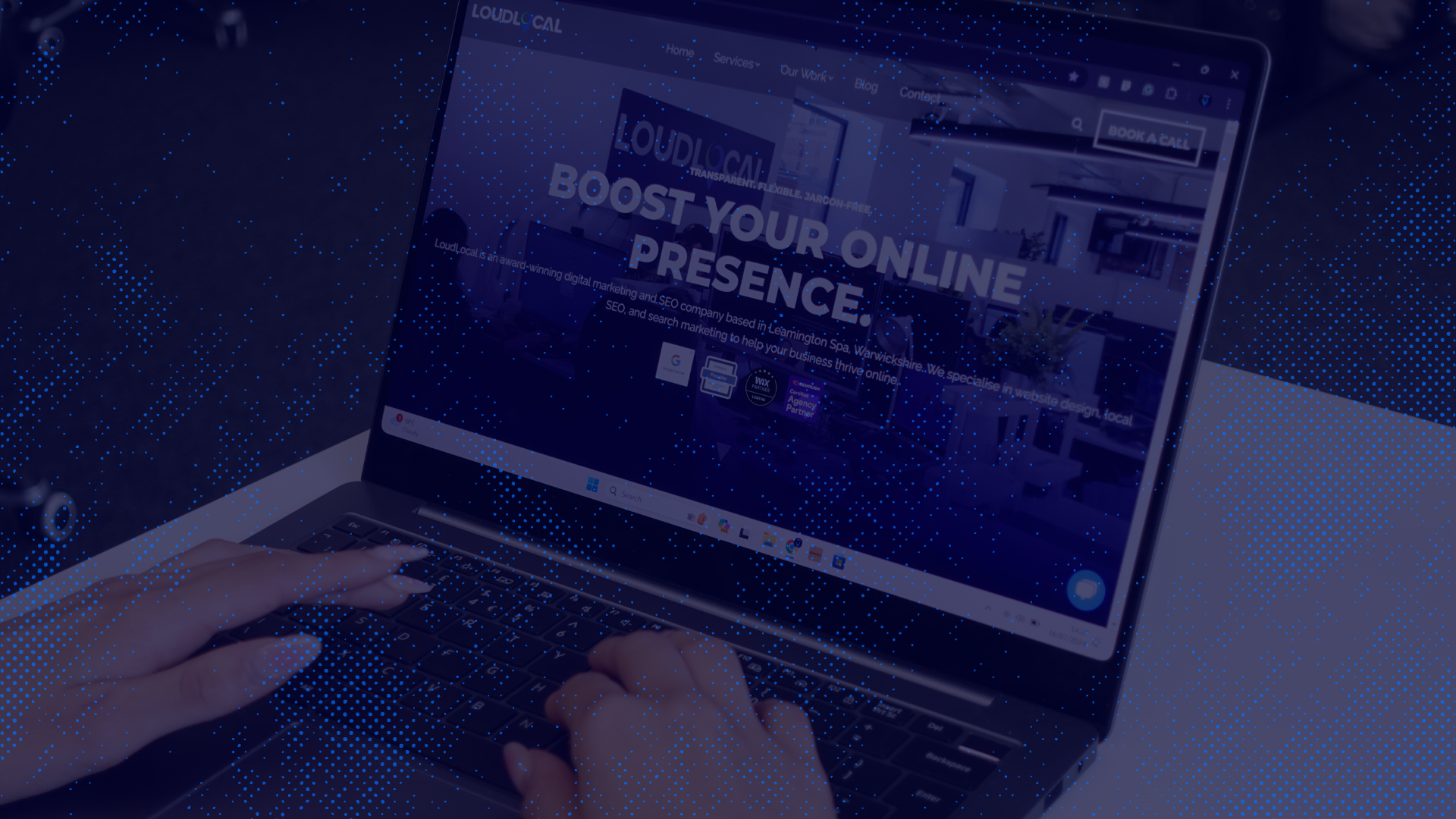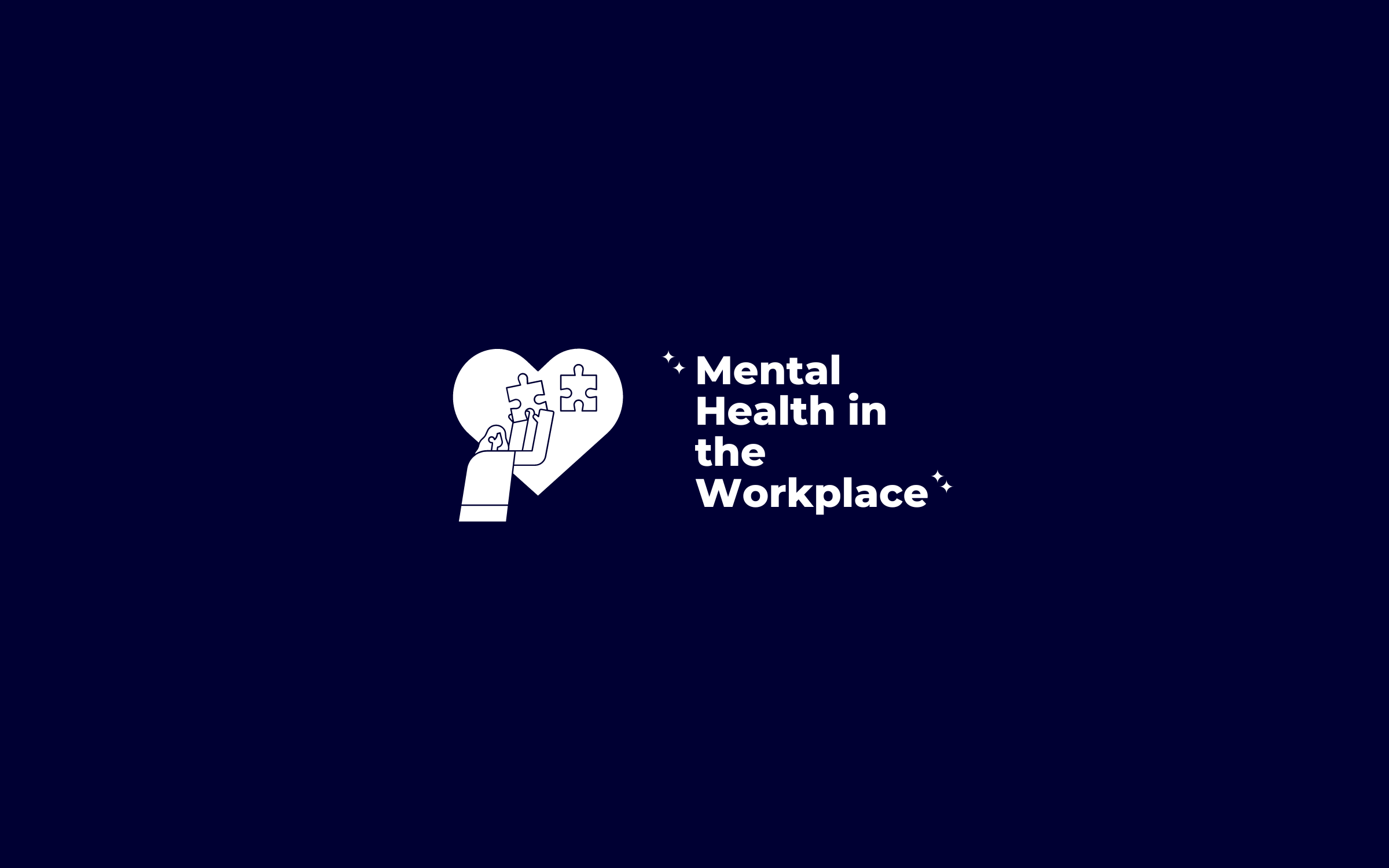The Ultimate Guide to Local SEO for Small Businesses (2025)
Getting found by local customers online isn’t some magic trick, it’s about making sure your business shows up when people nearby are searching for...
Got a question, or need help with something?
A member of the LoudLocal team is on hand to help you.
The Brickyard, Unit 2, Queen's Rd, Kenilworth, Warwickshire, CV8 1JQ
5 Merchant Square, Paddington, London, W2 1AY
5 min read
Nadine Hummert
:
Oct 10, 2024 5:01:34 PM
In this blog, we will be going through the general attitude as of now when it comes to stress in the workplace, followed by the importance of embracing vulnerability, coping mechanisms, and more. Let's dive in!
-1.png?width=1200&height=600&name=2%20(2)-1.png)
Above is a photo of our team with their heads in their hands. We chose this pose because it's a common pose associated with being stressed.
For generations, many workplaces have operated under a traditional mindset—one that values stoicism, resilience, and a quiet endurance of pressure. While this approach has its benefits, it can sometimes hinder our ability to manage stress effectively in modern professional settings. Is the “grin and bear it” mentality truly helping us, or is it time to reconsider how we approach stress at work?
Historically, employees have been encouraged to show resilience, to handle high workloads and demanding tasks without complaint. In many industries, this has been a trademark of professionalism. However, in today’s fast-paced, high-pressure work environments, this mindset can make it difficult for employees to admit when they are overwhelmed or struggling.
The expectation to “power through” often leaves stress unaddressed. And when stress is ignored, it doesn’t just disappear—it builds over time, sometimes even leading to burnout, more serious health problems, and reduced productivity.
When I moved to the UK 14 years ago and started a new job in corporate marketing, I quickly adopted the “grin and bear it” attitude that seemed to be the norm in the workplace. To be honest, this wasn’t completely new to me—I’d always been a bit of a workaholic, and I took pride in my resilience.
However, despite having worked with British colleagues professionally since the early '90s, I soon realised that the way problems and issues were dealt with here was quite different.
In my first board meeting, I noticed that people were reluctant to confront issues head-on, often sidestepping uncomfortable topics. Coming from a culture where directness is valued, I addressed what I saw as the elephant in the room, only to be met with a polite but stern criticism from the marketing director. I was told, in no uncertain terms, that my "German directness" wasn’t appreciated and I should keep it to myself.
I found this interesting—was avoiding confrontation really the best way to solve problems? It was a cultural adjustment I hadn’t anticipated. Over time, I adapted. I kept more to myself, tiptoeing around issues just like everyone else.
But all the withholding and ignoring came at a cost. A couple of years down the line, I found myself burning out. I had internalised the stress rather than addressing it, and ultimately, it led me to leave the corporate world altogether.
Traditional workplace norms often discouraged open discussions about stress and mental health. In many settings, vulnerability or admitting the need for help may be seen as a weakness rather than a necessary part of maintaining well-being. But mental health professionals have pointed out, recognising and addressing stress early is crucial for long-term health and productivity.
However, according to the Health and Safety Executive (HSE), a staggering 875,000 workers in the UK reported suffering from work-related stress, depression, or anxiety in 2022/23. This led to a total of 17.1 million working days lost due to these conditions. Worryingly, in the years leading up to the coronavirus pandemic, the rate of self-reported work-related stress, depression, and anxiety had already been on the rise. The current rate now exceeds pre-pandemic levels, with figures higher than those recorded in 2018/19, signalling an urgent need to address mental health and stress management in the workplace. Read the full report here.
The traditional mindset can be especially difficult to navigate in industries that prioritise output and efficiency over the wellbeing of their employees. However, in recent years, more progressive workplaces have begun to foster environments where stress and mental health challenges are openly discussed and managed proactively.
One of the most effective ways to challenge traditional views on stress management is by fostering a culture of vulnerability and openness. Rather than ignoring signs of stress, employees should feel safe to express their struggles without fear of judgement or negative consequences.
Leaders and managers have a critical role to play here. By sharing their own experiences with stress and showing that it is okay to seek support, they help to normalise these conversations. This can create a more inclusive and supportive work culture where stress is managed collaboratively, rather than left to each individual to deal with in isolation.
There are several ways to encourage healthier coping strategies and foster an environment that promotes mental wellbeing:
.png?width=1200&height=600&name=HELP%20(5).png)
One of the most powerful ways to reduce the stigma around workplace stress is by sharing personal experiences. When leaders and employees alike are open about their own mental health challenges, it creates a more supportive and understanding environment.
This type of openness is crucial in breaking down barriers and encouraging others to seek help when they need it. The more we talk about stress and mental health, the more we normalise it as a part of the work experience, rather than something to be hidden away.
As workplace stress continues to rise, it’s important to reassess whether the traditional workplace mindset still serves us. While resilience and hard work are valuable, so too is the ability to recognise when stress is becoming unmanageable—and to feel empowered to seek help.
By embracing vulnerability and promoting a culture of openness, we can better address workplace stress and support employees in achieving a healthier balance in life.
How do you handle stress in your workplace? Does the traditional mindset still serve you, or could a more open approach lead to better mental health and wellbeing?
In addition to my role as a Client Relationship Manager, I also run my own coaching business, where I support individuals holistically through stress and burnout and help them achieve overall health and wellbeing. If this resonates with you and you'd like to chat, feel free to reach out—more info is available here.
Alternatively, if you're in need of a new website, help with your SEO, or any other digital marketing support, simply book a call with me, and let's talk. I'm always happy to help, whether it's navigating stress or boosting your online presence.
-1.png?width=1200&height=600&name=3%20(2)-1.png)

Getting found by local customers online isn’t some magic trick, it’s about making sure your business shows up when people nearby are searching for...

Running a small business is a full-time job in itself, and finding time for social media can feel like an extra task on the list. But here’s the...

Running a trades business takes a lot of time and energy. You’re busy on site, chasing quotes, and keeping customers happy. But while you’re focused...

Mental health in the workplace - why does it matter? Almost all of us will experience some form of poor mental health in our lifetimes, yet the ...

1 min read
We wanted to do something to say thank you for everything you do each day. So from today, we will be offering all Blue Light Card cardholders...

7 min read
In this article, we explore several free tools that are available to help you with social media scheduling, image compression, local...